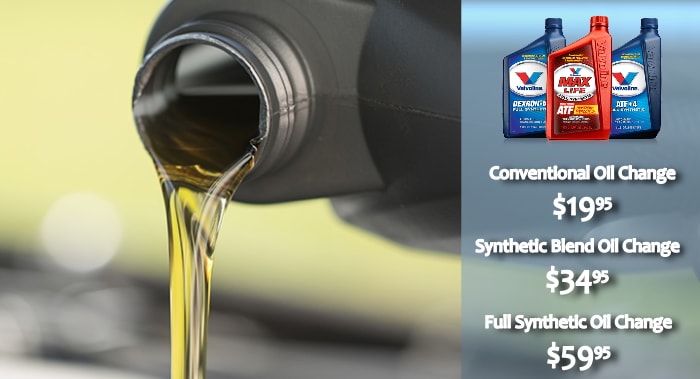How Much Is An Oil Change

Alright, let's talk about oil changes. As an experienced DIYer, you know the basics, but understanding the true cost involves more than just the price of oil and a filter. This article dives deep into the factors influencing the price of an oil change, helping you make informed decisions whether you're tackling it yourself or taking it to a shop.
Purpose
Understanding the cost breakdown of an oil change is critical for several reasons:
- DIY Cost Analysis: Accurately estimating the cost of doing it yourself ensures you're genuinely saving money compared to professional service.
- Repair Budgeting: If your engine needs more than just an oil change, knowing the basic cost helps you isolate other potential issues and their associated expenses.
- Shop Estimate Verification: Being informed allows you to scrutinize shop estimates and ensure you're not being overcharged for materials or labor.
- Learning and Experience: Grasping the nuances of oil change costs deepens your understanding of vehicle maintenance and repair.
Key Specs and Main Parts
Let's break down the components that contribute to the overall cost of an oil change:
Oil Type
This is arguably the most significant factor. Oil viscosity, signified by ratings like 5W-30 or 10W-40, indicates its flow characteristics at different temperatures. Your vehicle's manufacturer specifies the correct viscosity in the owner's manual. Types include:
- Conventional Oil: The most basic and generally the least expensive. Suitable for older vehicles with less demanding engine requirements.
- Synthetic Blend: A mix of conventional and synthetic oils, offering improved performance and protection compared to conventional oil, but at a slightly higher cost.
- Full Synthetic Oil: Provides the best protection against wear and tear, extreme temperatures, and oil breakdown. It's more expensive but often extends the oil change interval.
- High Mileage Oil: Formulated for vehicles with over 75,000 miles. Contains additives that help seal leaks and reduce oil consumption in older engines.
The quantity of oil required also impacts the cost. Most passenger vehicles need between 4 and 6 quarts.
Oil Filter
The oil filter removes contaminants from the engine oil, preventing premature wear. There are different types, including:
- Spin-On Filters: The most common type, easily replaceable with a wrench. Quality varies, impacting filtration efficiency and longevity.
- Cartridge Filters: Used in some newer vehicles, these are filter elements that are housed inside a reusable canister. Replacing only the cartridge reduces waste.
Opting for a higher-quality filter, like those with synthetic media, can extend oil change intervals and offer better engine protection.
Labor Costs (If Applicable)
If you're not doing the oil change yourself, labor costs will be a significant part of the equation. Labor rates vary widely depending on location and the shop's reputation.
Disposal Fees
Responsible disposal of used oil and filters is essential. Shops typically charge a small disposal fee to cover these costs.
Other Supplies (DIY)
When doing it yourself, you'll need tools like a wrench (for the drain plug and oil filter), a funnel, a drain pan, and gloves. Consider these upfront costs if you're just starting out.
How It Works: Cost Breakdown
The final cost of an oil change is a sum of all these parts. Let's say you're changing the oil in a modern sedan using full synthetic oil:
- Full Synthetic Oil (5 quarts): $35 - $50
- High-Quality Oil Filter: $10 - $20
- Labor (if applicable): $20 - $50 (or more, depending on location and shop)
- Disposal Fee (if applicable): $3 - $5
- Total (DIY): $45 - $70
- Total (Shop): $78 - $125 (or more)
As you can see, doing it yourself can save you a considerable amount, primarily on labor costs. However, you need to factor in the cost of tools and the time involved.
Real-World Use: Basic Troubleshooting
Here are some common scenarios and how they relate to oil change costs:
- High Oil Consumption: If your vehicle is burning oil, you might need to use a higher viscosity oil or consider a high-mileage oil. This will increase the cost per oil change but might address the underlying issue. Investigate possible oil leaks; these often cause low oil levels and engine damage if left unattended.
- Oil Leaks: Oil leaks can stem from several sources, including the drain plug, oil filter, or valve cover gaskets. Addressing leaks promptly prevents oil loss and potential engine damage. Determine if the leak is severe or mild. Sever leaks require immediate attention.
- Check Engine Light: While not always related to oil, a check engine light can indicate issues that affect engine performance and oil consumption. Scan the codes to diagnose the problem accurately. Some common codes related to oil pressure or misfires could be triggered by low or contaminated oil.
Safety
Several aspects of an oil change can be hazardous if not handled correctly:
- Hot Oil: Engine oil can be extremely hot after the engine has been running. Allow the engine to cool down sufficiently before draining the oil to avoid burns.
- Jacking Up the Vehicle: Always use jack stands when working under a vehicle. Never rely solely on the jack for support. Ensure the vehicle is on a level surface before lifting.
- Used Oil Disposal: Used oil is a hazardous waste. Never pour it down the drain or onto the ground. Dispose of it properly at a designated recycling center or auto parts store.
Remember to always wear appropriate safety gear, including gloves and eye protection.
Conclusion
Understanding the costs associated with an oil change allows you to make informed decisions about your vehicle maintenance. The price depends on oil type, filter quality, labor and supply costs. Keeping your vehicle properly maintained is the best way to save money in the long run.
